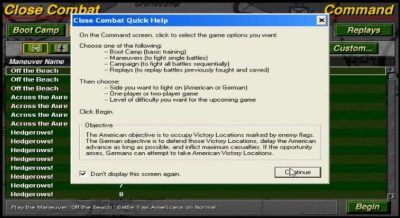Steel Panthers Series Retrospective (Part Two)
By Patrick S. Baker
Steel Panthers II: Modern Battles
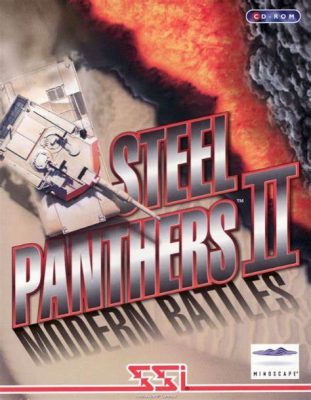 Steel Panthers II: Modern Battles (SPII:MB) was released in November 1996, just one year and two months after the release of the original Steel Panthers (now referred to as Steel Panthers I or SPI). Grigsby had two main goals while developing the new game; one was to improve the animation and the other was to let the players simulate most of the armed conflicts, both major and minor, historical or hypothetical, throughout the world, from 1950 to 1999.
Steel Panthers II: Modern Battles (SPII:MB) was released in November 1996, just one year and two months after the release of the original Steel Panthers (now referred to as Steel Panthers I or SPI). Grigsby had two main goals while developing the new game; one was to improve the animation and the other was to let the players simulate most of the armed conflicts, both major and minor, historical or hypothetical, throughout the world, from 1950 to 1999.
SPII:MB was more than just a reskin of the first game. Grigsby retained the game engine of the original, but the database was completely overhauled with a thousand modern units from 40 different countries, and non-state actors, all modeled in great detail and having characteristics unique to each time period and nationality. For example, helicopters, both scout and attack were added to the weapons inventory and were placed under the players’ direct control.
Airplanes were still in a support mode, but were now equipped with ordinance like precision-guided weapons, napalm, and/or cluster-bombs. Ground forces were kitted out with an assortment of heat-seeking and radar-guided Surface to Air Missiles (SAMs) to counter the air threat, and so on.

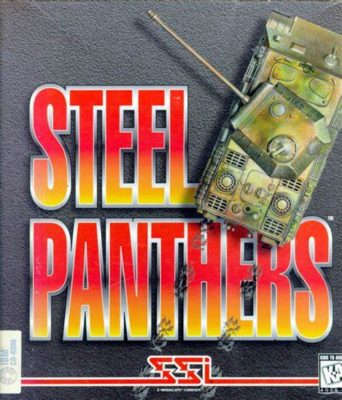 By Patrick S. Baker
By Patrick S. Baker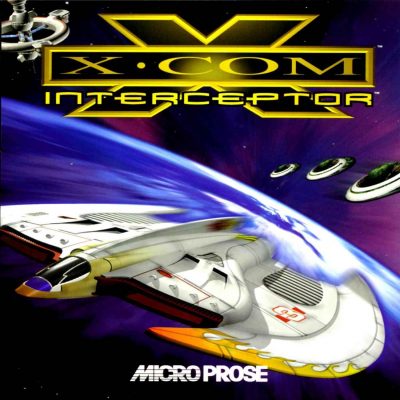 X-COM: Interceptor
X-COM: Interceptor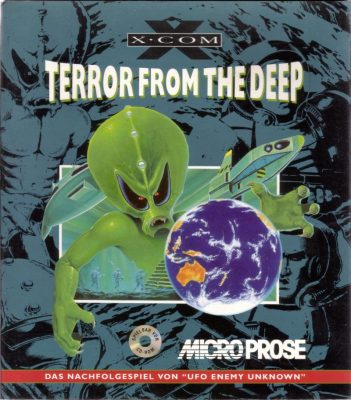 By Patrick S. Baker
By Patrick S. Baker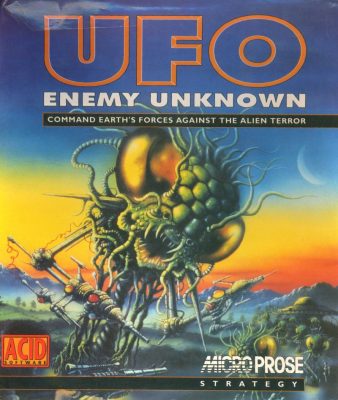
 By Patrick S. Baker
By Patrick S. Baker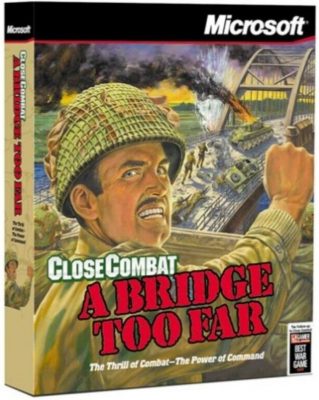 Patrick S. Baker
Patrick S. Baker